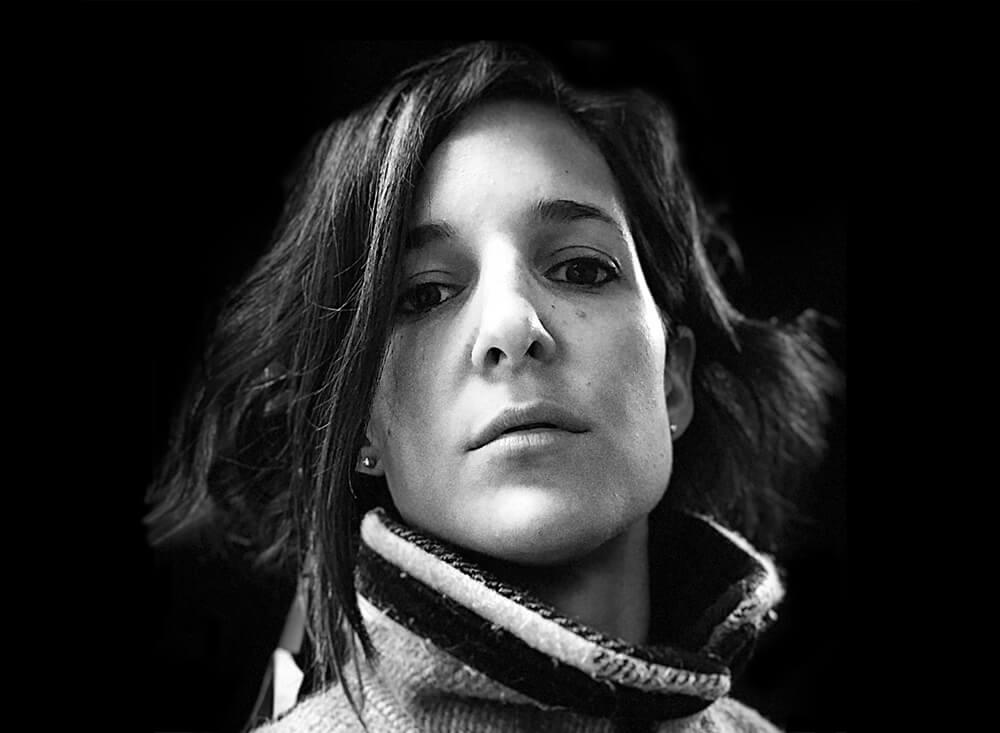ArchiTravel interviews the architect and interaction designer Marilena Skavara.
Interview by : Maria Anagnostou
Maria Anagnostou: What is the importance of architectural tourism?
Marilena Skavara: Architectural tourism is definitely one of the driving forces of global tourism. Ranging from the popular landmarks visited by most tourists to specific architectural attractions for those more related to the field, it certainly contributes in how the flow of visitors is shaped.
Architecture reflects how people respond to their needs for habitation, how they use their local materials to construct buildings and how they express their cultural, lifestyle and aesthetic characteristics. As such, it constitutes an inseparable part of the identity of each place, which tourists want to capture during their travels.
M.A.: What do you think is the added value that architecture creates within a city?
M.S.: I see architecture not as a separate element, but as being intertwined with the city itself. In that respect it is quite hard to identify a straightforward impact of the first to the latter. One would need to ask what is the city and how it is defined. Not easy to give a specific answer to this question, but one way of looking at it is by perceiving the city as a collection of complex spatial and cultural phenomena taking place simultaneously and affecting each other. How people create, navigate into and act upon this environment is key in understanding the ever-changing dynamics between space and people. Likewise, it is very interesting to see how spatial configurations themselves suggest and generate novel actions and interactions with and between people. It is very challenging to be able to observe and analyse the different layers of dynamics in cities, but equally fascinating. The research of Space Syntax is a great example of how a programmatic analysis of the dynamics of the city can provide architects with the tools needed to reflect upon the phenomena that take place, predict and ultimately alter the evolution of the city towards urban and social improvements.
M.A.: What factors should prospective students consider when choosing an architecture school? Are there different considerations for those who know that they want to specialize in a certain area of the field?
M.S.: Possibly unlike other disciplines, architectural students usually have additional factors that might affect their decision when choosing a university. It is really very subjective but, for example, whether the city itself offers a platform of architectural inspiration or not might be an important aspect. An advanced network of people with similar interests and work is also crucial. Of course, as implied by the second part of your question, the more specific the area of interest the fewer the options. When an architectural student is determined to specialise in a particular field other issues like lifestyle, climate, size of the city, distance from home might become secondary. From my point of view, any decision should somehow try to tick the boxes of both educational and personal aspirations of the student. Then there are of course practical factors like tuition fees, living costs or the need of visa that play important role when evaluating the options. Finally, a creative and inspiring environment within the school itself is key. There are times where talented and motivating individuals or groups of people in the university are the reason why architectural students choose a course.
M.A.: Do you feel that is important for someone to be passionate about architecture in order to be successful as a student of the field? As a professional?
M.S.: Certainly. And I think this applies to any discipline, not only to architecture. The difference between studying architecture and applying architecture lies mainly in the freedom of thought you can afford to develop in the first. However, this does not mean in any way that practitioners lack imagination and vision. No doubt, architecture is a demanding and challenging field and coping with the difficulties as well as constantly stimulating creativity and innovative thinking requires a lot of determination.
M.A.: What is right and wrong with today’s architecture education offerings? What suggestions do you have for improvements?
M.S.: It is not very easy to comment on the overall educational system, as my experience is limited to the NTUA in Greece where I studied architecture and to the Bartlett where I did my masters and I tutored at. I would say that a general thought that has been in my mind, and which seems to be apparent to other people in the field too, is that the gap between academia and practice need to be bridged better. There seems to be a very challenging transition between studying architecture and actually implementing it in real environments and under realistic circumstances. In many cases, a practitioner in architecture needs to have additional skills only remotely related to his core studies including management, finance, sales and marketing, personal relationships and client facing to name a few. Therefore, it would be useful for students to be exposed to some of these aspects of the profession during their studies. Not to mention the onsite construction and co-ordination, which is absolutely vital, and most architects only get their hands on that when they run their first professional projects.
M.A.: Is it possible for complete online courses to produce a degree in architecture? Is this practical in the field of architecture?
M.S.: In my view, meeting and working with colleagues and tutors in person is important. There is a wide range of online resources and courses, some of which are very competent and useful. But, I see those as complimentary tools alongside any course in an architectural school and not as replacements. Architecture has a very strong physical aspect, which regardless of the tendency to digitalise everything should not be underestimated.
M.A.: What are considered some of the most respected and prestigious architecture schools, departments or programs?
M.S.: The Bartlett, Architectural Association, Royal College of Arts, Delft, Berlage Institute, ETH Zurich, Royal Danish Academy of Fine Arts in Copenhagen, NTUA in Athens, Politecnico di Milano, Graz are some of the most respected European architecture schools to name a few. Worldwide, the ones that come to mind are MIT, The Cooper Union, Parsons, Princeton, UCLA, Sci Arch and RMIT. This list of course is not exhaustive and when it comes to specific departments and programs, more schools deserve a place there. For example, there are several innovative research groups not mentioned above including CITA in Copenhagen, IAAC in Barcelona and Tex Fab in Texas.
M.A.: Does architecture as a profession need empowerment? In which ways should this be done?
M.S.: It certainly does. There seems to be a gap between the aspirations one has as a student and the available opportunities in pursuing and applying them professionally. The reality is that architectural practice, in its conventional form, is a quite saturated profession with thousands of young architects finding it difficult to secure a job in an office. Due to the format and functioning of most offices, the day-to-day work of many young practitioners is mainly focused on the production of drawings, models and renderings based on given specifications. This seems to limit their chance to be creative and bring new ideas in the office. Not to mention the vast number of unpaid internships which, in my view, are a pure abuse of the need of young architects to start off their professional life. I believe practices should open up to new possibilities and working scenarios, be closer to academia and give the space and time to young, talented and passionate architects to bring new ideas and shine.
More on : Marilena Skavara
About this Author : Maria Anagnostou




